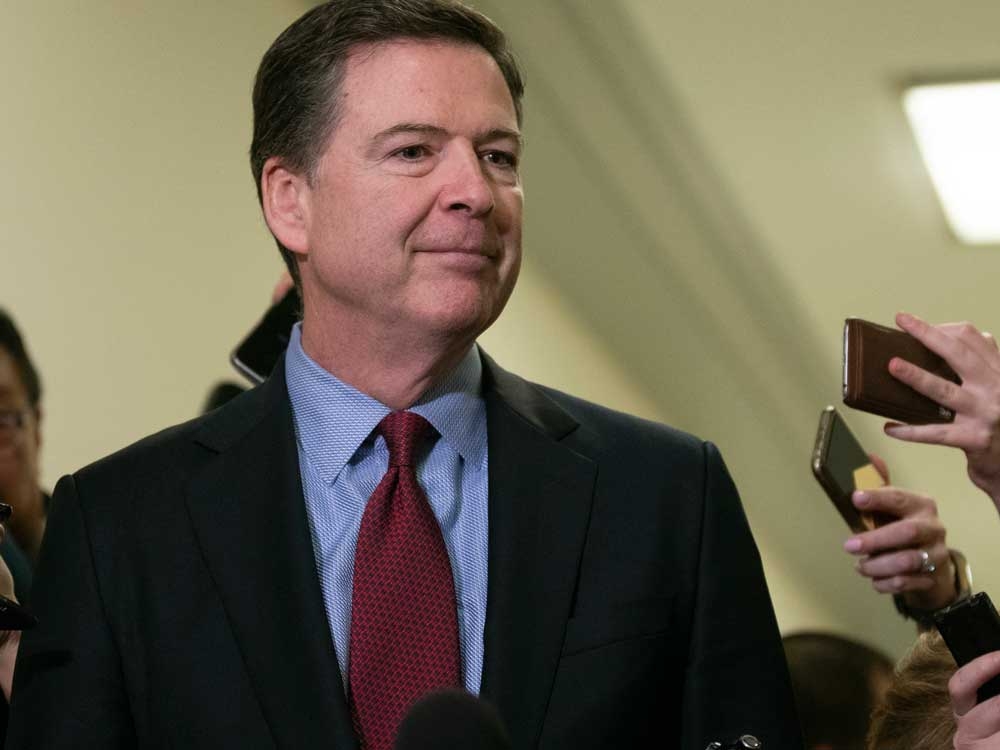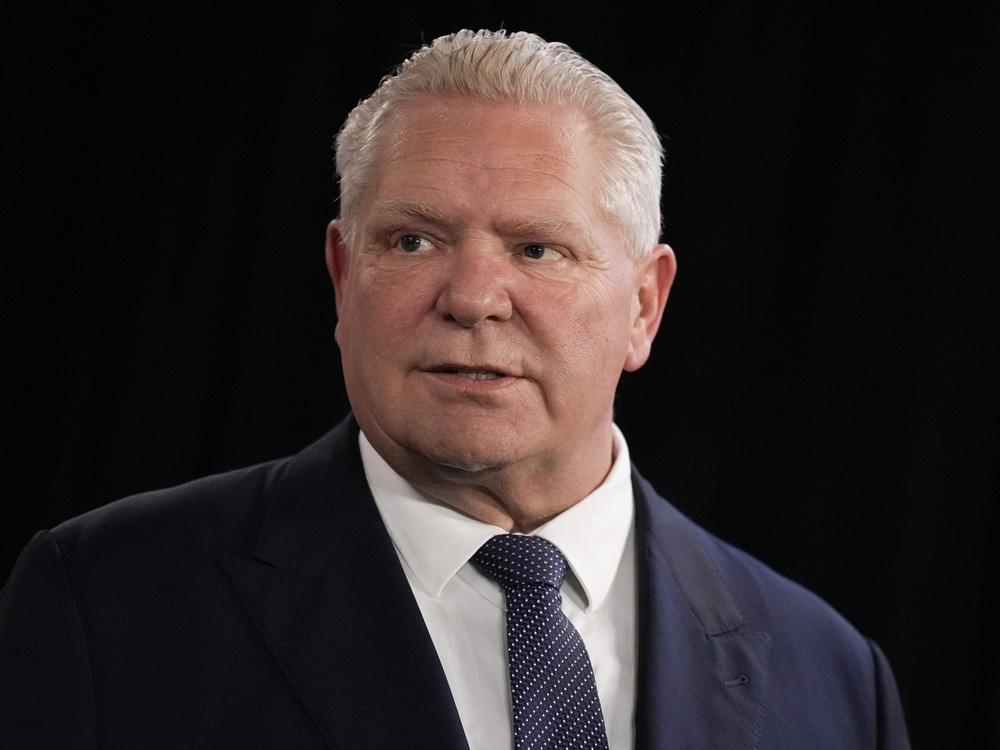A chilling decision rippled through the aviation world Wednesday: the Federal Aviation Administration would drastically reduce air traffic – by 10% – across the nation’s busiest routes. This wasn’t a response to weather, or mechanical failure, but to a growing, human crisis unfolding within the agency itself.
For weeks, air traffic controllers had been working without pay, enduring mandatory overtime and grappling with the immense stress of the ongoing government shutdown. The strain was becoming visible, with controllers increasingly calling out sick, seeking second jobs, or simply unable to afford basic necessities like childcare and transportation.
FAA Administrator Bryan Bedford, a veteran of 35 years in aviation, confessed he’d never witnessed such a situation. He described a proactive, yet extraordinary, measure taken to prevent a potential catastrophe. The agency wasn’t waiting for a disaster to unfold; they were acting on early warning signs of controller fatigue and potential safety risks.

The cutback, impacting over 44,000 daily flights, wasn’t taken lightly. It represented a calculated gamble – a temporary reduction in service to safeguard the entire system. The precise airports affected remained undisclosed, fueling anxiety among travelers and airlines alike.
Airline executives were summoned for an emergency meeting, tasked with the daunting challenge of rebuilding schedules with just 48 hours’ notice. Industry analysts predicted widespread chaos, questioning whether the government had mismanaged the announcement by failing to provide adequate preparation time.
United Airlines CEO Scott Kirby attempted to reassure passengers, promising to minimize disruptions by focusing cuts on regional routes and flights between hubs. Refunds would be offered to those unwilling to risk travel, but the uncertainty loomed large.
The potential impact was staggering. Experts estimated up to 1,800 flights and 268,000 seats could be eliminated. Major airports, like Chicago’s O’Hare, braced for significant reductions, potentially losing over one hundred flights on Friday alone.
Data revealed a disturbing trend: staffing shortages were worsening each weekend of the shutdown. Before October 1st, an average of 8.3 facilities reported potential staffing issues. Since the shutdown began, that number had soared to over 26, a clear indication of a system under immense pressure.
Transportation Secretary Sean Duffy emphasized the FAA’s commitment to learning from past mistakes, referencing a tragic mid-air collision earlier in the year. The agency was determined to act preemptively, assessing risks and making adjustments before a crisis could escalate.
Travelers were advised to closely monitor flight updates through airline apps and airport social media, and to allow ample time at the airport. The situation was a stark reminder of the fragility of the travel system and the critical role played by often-unseen air traffic controllers.
The announcement ignited a chorus of calls for an end to the shutdown, with airlines, unions, and the travel industry uniting to urge Congress to find a resolution. The skies, and the livelihoods of countless travelers, hung in the balance.





